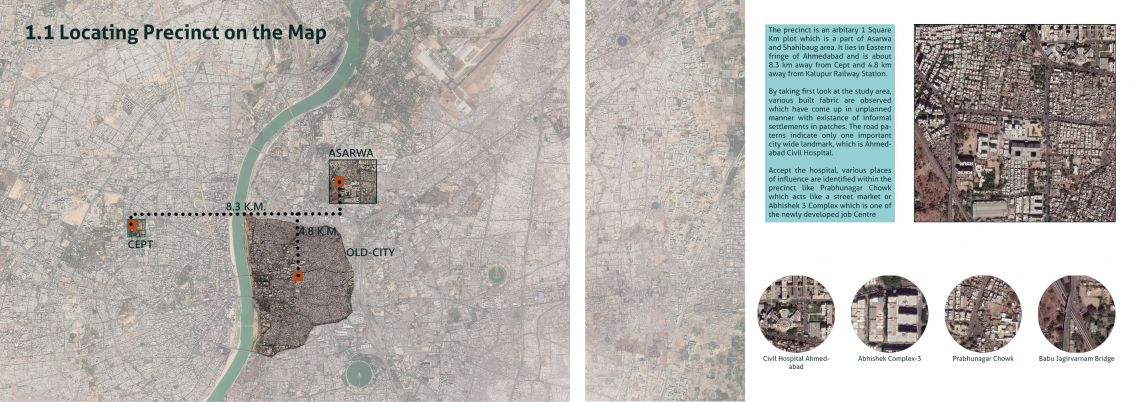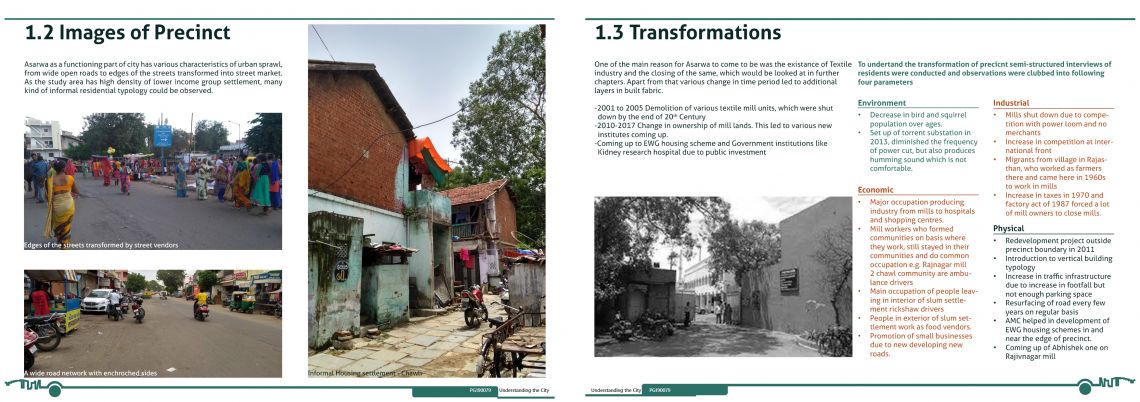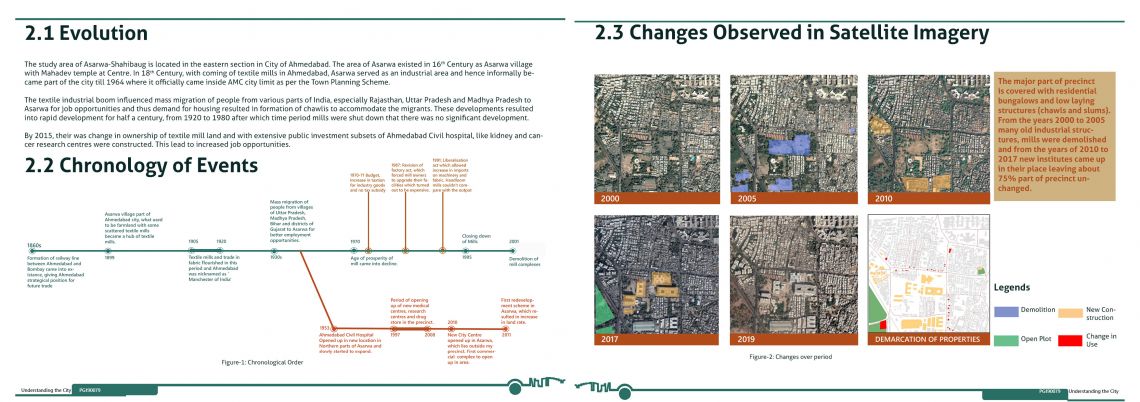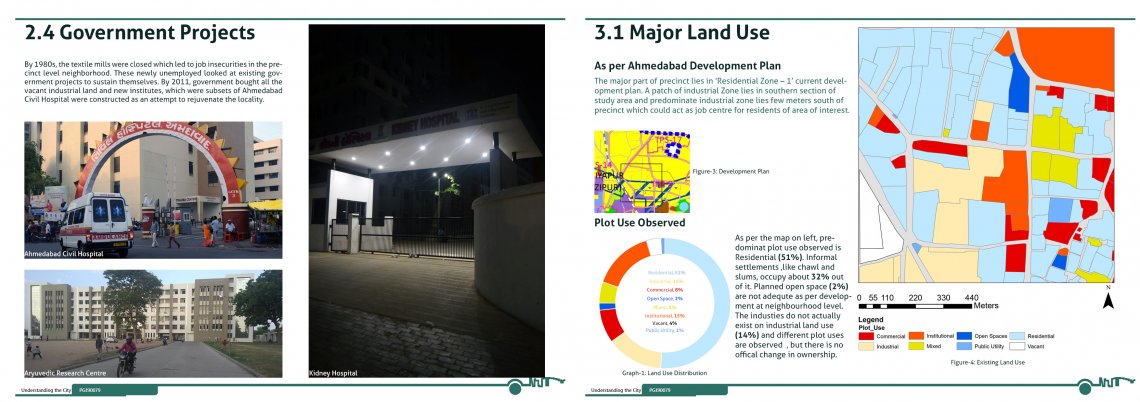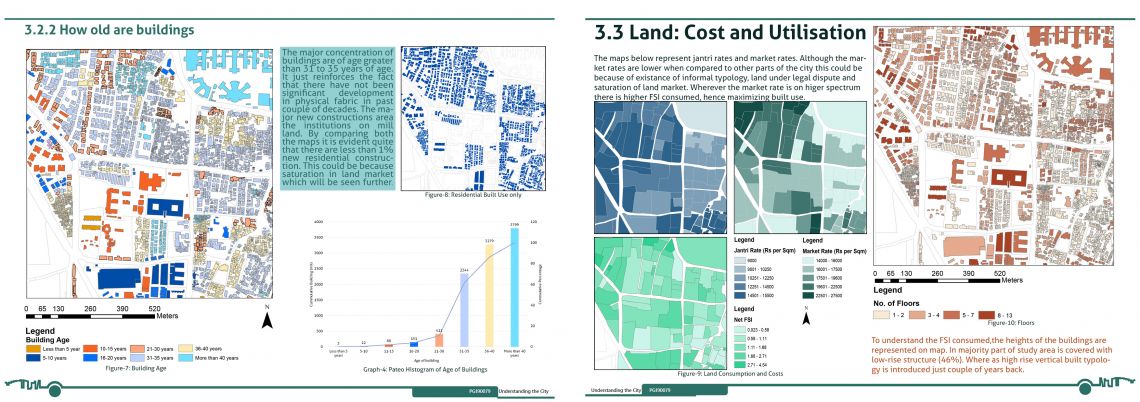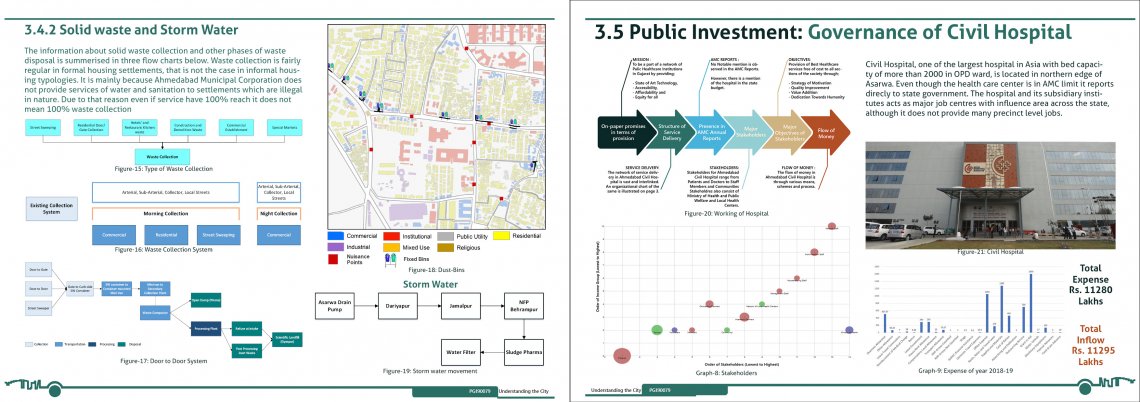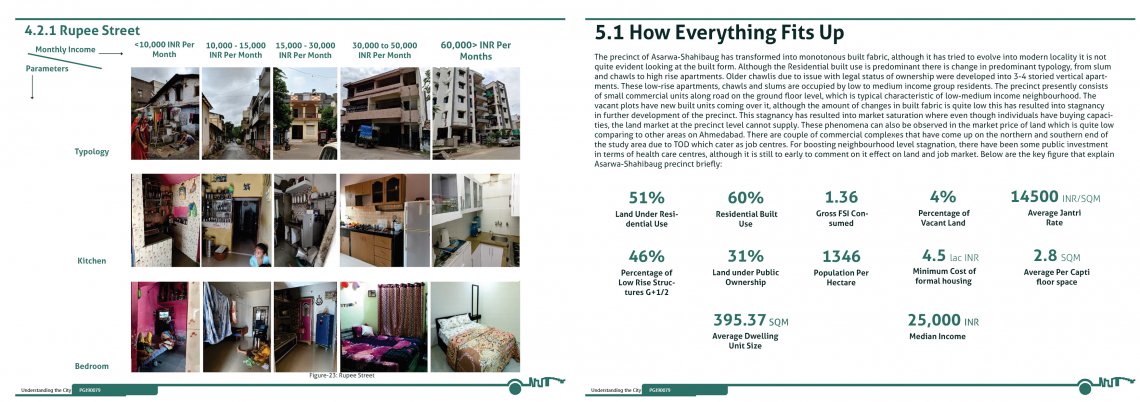Your browser is out-of-date!
For a richer surfing experience on our website, please update your browser. Update my browser now!
For a richer surfing experience on our website, please update your browser. Update my browser now!
Cities are centres of the world’s economy. They are not only sites of production, where industries cluster, but also the central nodes in service and distribution networks and the command points from which economic decisions are made. This city can be observed through many perspectives. Every region of city different from other, it has its own distinct features and characteristics, which leads to very diverse and varied characteristics. Ahmedabad ‘Manchester of India’ is a city located in state of Gujarat, India and is declared as heritage city. It is situated on banks of river, Sabarmati and divides the city in new and old, with different co-existence-built typologies and densities. These were some of the parameters that were studied in “Understanding the City Studio” a mandatory subject of Master of Urban Infrastructure 2019. Each student was arbitrarily assigned 1 square kilometre plot of land. The precinct that is mentioned in this portfolio is located on eastern fringe of Ahmedabad, named Asarwa-Shahibaug. The study area is a low-income residential neighbourhood.
